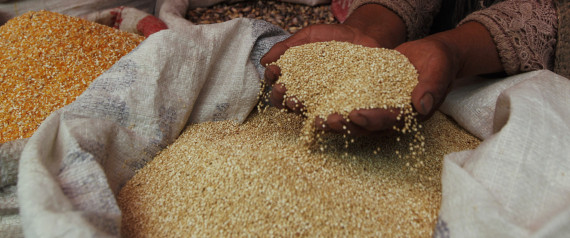
I first encountered Anthony Boutard at his stall at the Hillsdale Farmers’ Market, in southwest Portland, half a decade ago. Anthony was wearing a little felt cap, like you’d find on a yodeler, and a red raincoat that hung down to his knees. I bought some plums and dried beans and, in the intervening years, and found that he is a rare specimen: a plant breeder, seed producer, and farmer, all rolled into one.
What makes Anthony’s practice so different from typical seed operations is that he grows his plants in uncomfortable settings. It’s a very old idea, but uncommon for contemporary breeders—most of whom coddle their plants with ample water and fertilizers, creating populations of weak “prima donnas,” as one farmer explained to me. Anthony’s outdoor plants have to cope with uncertainty, which increases their resiliency—even though he’s mainly selecting them for how good they eat.
Anthony and his wife, Carol, have a loyal following among Portland chefs and eaters, who rhapsodize about the Boutards’ seventy-some products— dry beans, flint and popcorns, ancient grains, Chester blackberries, plums, grapes, and greens. They came to farming late in life, but they didn’t come ill-equipped. Anthony was raised on Berkshire Botanical Garden, where his father was horticulture director (and where he and Carol met and worked after high school). He is known for his political doggedness and intellectual rapaciousness (he holds degrees from Harvard and the Yale School of Forestry & Environmental Studies, and is a published author). When he smiles, which he does a lot, he looks like a mischievous child who is about to tell you something unexpected. Carol has a fun-loving self-deprecating demeanor, and sarcasm that seems to keep both of them in check. Her deep laugh skitters like an engine revving.
via Going to Seed | Lucky Peach.




 THE BEGINNING
THE BEGINNING




